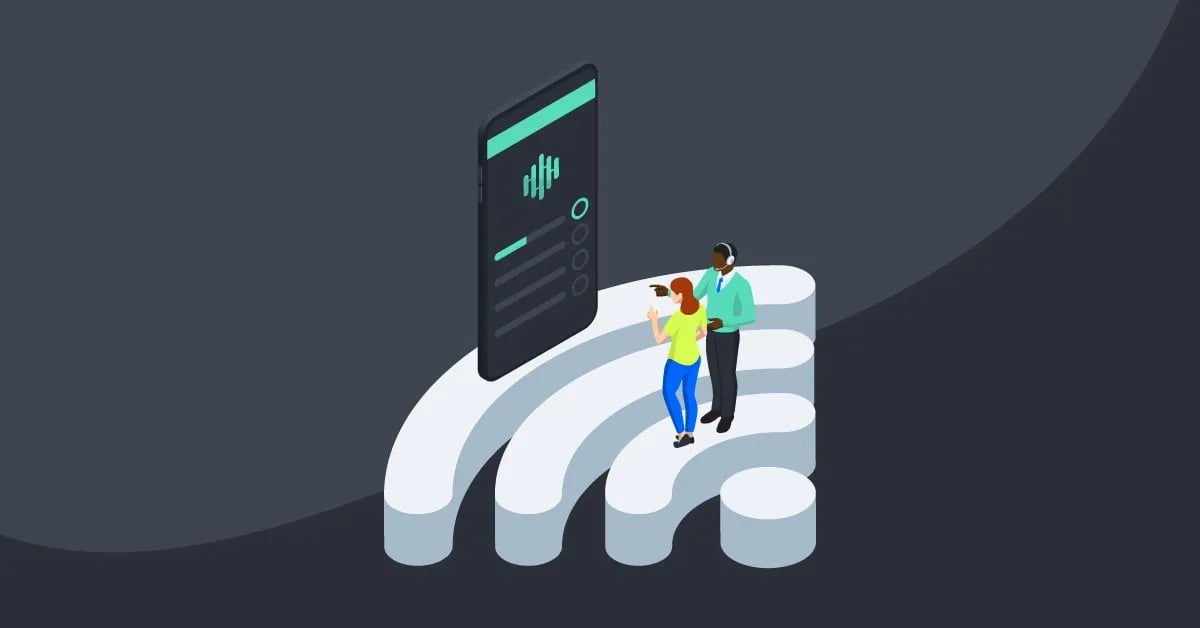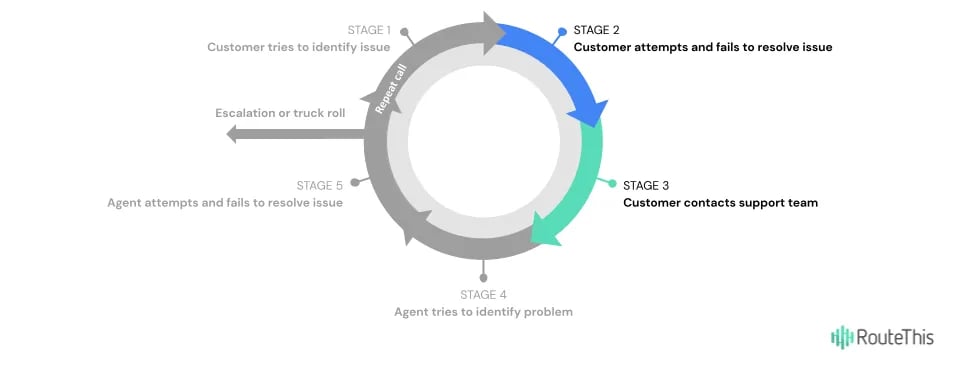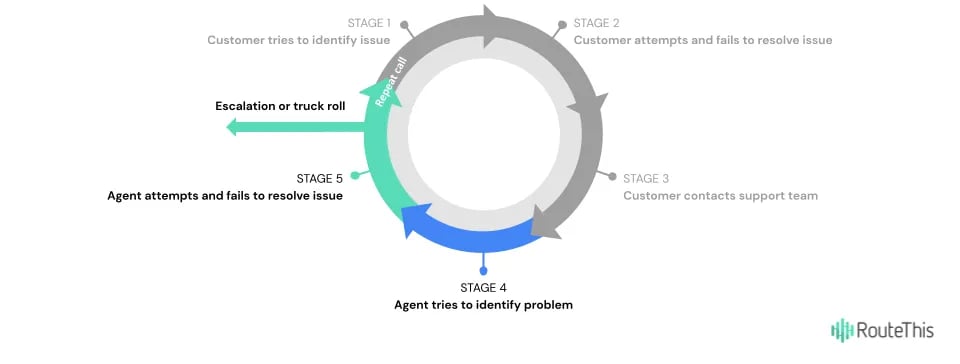3 problems ISPs face when trying to set up self-service support

When it comes to supporting your ISP subscribers, you may be wondering why everyone is making such a big deal about self-service support. On the one hand, many ISPs shy away from self-service because they believe subscribers prefer a more personalized touch. On the other, some have tried it but still see high WiFi-related call volumes, long handle times, and unnecessary tech visits, all leading to increased support costs.
In the latter case, this leads them to believe that maybe self-service isn’t all it’s hyped up to be. But they don’t know they’ve fallen into the trap of trying to generalize self-service support rather than personalize it. Though it may be easier to create an evergreen support page with universal answers, the complexities of WiFi diagnostics make it hard to support customers in this way.
To help you better understand how to offer self-help options to your subscribers while still seeing results, we’ve outlined the three biggest problems ISPs face when tackling self-service support.
1. Lack of understanding of WiFi

The first problem with the WiFi support process happens before subscribers even decide to reach out to you.
The average consumer doesn’t understand the difference between your internet service and WiFi. They don’t get how things like the distance from the router, the number of devices on the home network, the age of their laptop, or the number of people streaming can affect their internet performance. They know their internet isn’t working and that you—their internet service provider—should fix it.
So, at the start, we see many subscribers misdiagnosing WiFi issues as internet service issues, assigning blame to your company, and flooding your call queues. And to top it off, this happens before self-service is considered.
2. Insufficient self-service tools

The second problem is that most providers’ self-service tools are account management tools that are great for billing inquiries but don’t even attempt to diagnose and troubleshoot WiFi connectivity issues. Or they are network management tools, which are apps that let you manage your router.
The challenge with those tools is that most subscribers don’t know what to do with them to fix these kinds of apps. Network management tools give excellent insights into network status, but your subscribers would need to know what settings they need to change to leverage these tools. And chances are that the subscribers with the WiFi knowledge required to do that aren’t calling your support team anyway. So those kinds of tools are doing nothing to help the 63% of consumers that don’t have WiFi and would contact your support team for help.
Additionally, these network management tools are often hardware-specific and only useful for the subset of subscribers on that CPE. The combination of these two things is how you end up with 31% of your inbound support calls being for WiFi-related issues that, technically, aren’t even your fault.
3. Limited home network visibility

When subscribers contact you, you end up with problem three: limited visibility into the home network. Every home network is unique and has challenges, making it nearly impossible to train ISP customer service agents to handle every possible scenario of what could go wrong on a home network.
So you end up with agents playing 20 questions with the subscriber, asking things like:
- How old is the router?
- What colors are the lights on the router?
- How far are you from the router?
- How many devices do you have online right now?
And the worst part? Your subscribers don’t know the answer to most of those questions anyways.
Depending on the technical aptitude of both the subscriber and agent, this leaves too much room for miscommunication and misdiagnosis, resulting in long handle times, repeat calls, unnecessary technician visits, and increased costs. In the end, this means that if your agents are struggling without visibility, then your subscribers definitely will be too.
The benefits of an effective self-help service with RouteThis
If you want to reduce ISP support and achieve better call deflection results, one of the best things you can do is invest in WiFi-specific quality self-service support. Not only does self-help benefit subscribers, but it benefits ISPs too. Offering self-service support to your subscribers helps improve your company’s overall customer experience, reduces support costs, and increases your support team’s efficiency.
RouteThis Self-Help for ISPs empowers subscribers to self-diagnose, troubleshoot, and resolve WiFi issues with the same speed and accuracy as your agents but from their mobile devices.
By using CPE-agnostic software, subscribers can activate a complete diagnostic scan using their mobile device to collect hundreds of data points as if a technician were in their home. Then, the analysis results are compared to millions of previous home network scans to identify the root causes of WiFi connectivity issues, including poor WiFi coverage, interference, too many connected devices, and many more. Once the problem is determined, the app generates easy-to-follow troubleshooting steps to restore connections faster—without requiring ISP customer service intervention.
ON-DEMAND WEBINAR
To learn more about self-service support, watch our webinar with WiFi Now, Reducing costs: Self-service Wi-Fi troubleshooting for ISPs.
